Traveling through the Dark is a beautiful short piece by William Stafford depicting the conflict between the human mind and human heart that is the conflict between the mind, a sense of responsibility and the heart, the compassion and emotions of the poet.
Summary:
The poem begins with the poet being the narrator who was travelling at night along a mountain road under which the Wilson River flowed. There he found a dead body of a female deer. In the third line; we see the poet immediately decides to push the doe into the river as the road is narrow and can trigger more accidents. In lines 4, ‘to swerve’ means is to change something abruptly and here it means to change the direction of the car which can cause accidents in the future.
The poet soon discovers the body of the doe, which has recently been killed and its body has become stiff and cold. The poet pulls her body and finds that her belly is large indicating that she is pregnant. In the succeeding lines, the poet touches the belly of the doe, which was warm and the poet could reason out that the fawn is still alive inside her but ‘never to be born.’ The poet stands there, ‘hesitated’, trying to figure out about what can be done with the carcass.
The fourth stanza is a break in the narrative. The poet suddenly shifts what was preceding this stanza. Here the poet speaks of his car. The parking lights were flickering and the engine was making a low, continuous vibrating sound as if it was expressing his contentment and pleasure. The poet stood there watching the exhaust fume which was red and warm. He even felt a cry in the wilds around him, which was the people who were getting restless to go ahead and they wanted the road to clear up as soon as possible. The narrator thought deeply and finally concluded that the body cannot be left like this as it may cause more accidents and deaths. Therefore, he ‘pushed her over the edge into the river.’
The poem is written in free verse. The lines involve variations of rhythm. The imperfect rhyme is also embedded with assonance and consonance: ‘road’ and ‘dead’, ‘killing’ and ‘belly’, ‘waiting’ and ‘hesitated’, ‘engine’ and ‘listen’ etc. The diction of the poem is easy to understand, frank and vivid. With its four quatrains and closing couplet, the poem resembles an extended sonnet and reads like one. In this poem, Stafford uses an abundance of punctuation. In addition to full stops and commas, he had used colon, semi- colon and even dashes. This reflects the poet’s hesitation.
Title:
The title of the poem ‘Traveling through the Dark’ simply make the readers understand that the poet was travelling in the night. The dark, night atmosphere highlights the danger of the situation.
Setting:
The poem is set on a narrow road where the poet is seen driving his car and alongside the Wilson river flows. The poem takes place at night as the title suggests and also we find that car’s headlights are on later in the poem.
Tone:
The tone of the poem is sympathetic yet ironical. In the beginning, the poet is moved deeply by the fawn but at the end, we find he ends the life of the fawn by pushing its mother down into the river. So the tone of the poem is ironical but the readers sympathize with fawn.
Theme:
The theme of the poem is starkly a conflict between technology and nature. The poem revolves around a common event but it contains a theme too which shows that technology and mankind are killing off nature. The unborn fawn and the car are the two contrasting elements in the poem.
Symbolism:
Several symbolic elements emphasize the theme of the poem, ‘Traveling through the Dark.’ The first is the unborn fawn which is a symbol of the future of nature. Although the mother has been killed, the fawn still waits ‘alive, still never to be born.’ The fawn hopes to breathe and hopes that the narrator will save it but finally the poet thinks, ‘hard for us all’ (exhibiting the fact that the speaker is the representation of mankind), and pushes the doe into the Wilson river to cut short of the commotion that was created by the death of the doe on the narrow road.
‘I hesitated’, ‘I stood in the glare’ signify the poet’s inability to decide what to do with the body of the pregnant doe. This symbolizes humans being caught in the struggle between technology and mankind.
Imagery:
Nature in the form of a doe is portrayed as an object of pity while the car is an object of unsympathetic image expressing the pleasure while the doe is dead. The poet uses fine imagery in his poem, as in ‘large in the belly’, ‘the heap, a doe’ which gives us a vivid idea of the doe who was lying dead on the road side with her baby inside yet to born.
Personification:
The poet has personified the car in line 13 which ‘aimed ahead’ as if the car was waiting eagerly for the poet’s decision of pushing the doe into the river. The engine too was making a purr sound as if it was expressing its contentment and enjoying the moment.
William Stafford uses different techniques to convey the theme of technology gaining control over mankind and turning mankind against nature and destroying the same. The conflict exists because technology does. The doe has been killed by some other car in the first place. The car represents technology while the doe is nature. The poet has however used vivid imagery and strong symbolism to support the theme of the poem and each element has its own purpose in the poem. William Stafford’s ‘Traveling through the Dark’ describes the rise in importance of technology and fall of nature in society.
Some online learning platforms provide certifications, while others are designed to simply grow your skills in your personal and professional life. Including Masterclass and Coursera, here are our recommendations for the best online learning platforms you can sign up for today.
The 7 Best Online Learning Platforms of 2022
- Best Overall: Coursera
- Best for Niche Topics: Udemy
- Best for Creative Fields: Skillshare
- Best for Celebrity Lessons: MasterClass
- Best for STEM: EdX
- Best for Career Building: Udacity
- Best for Data Learning: Pluralsight

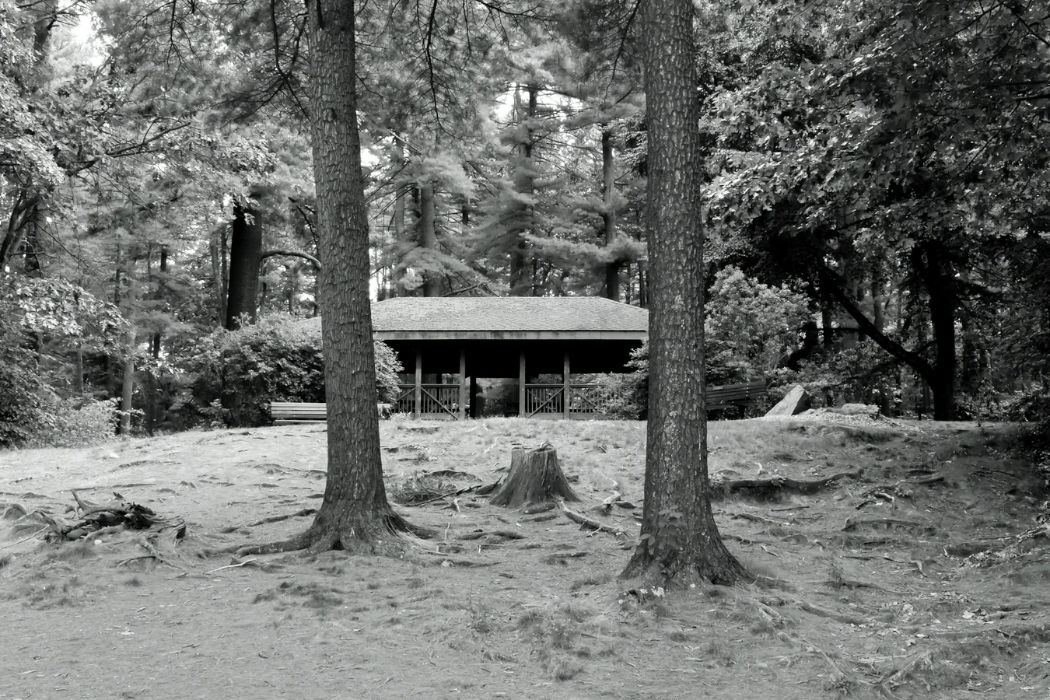




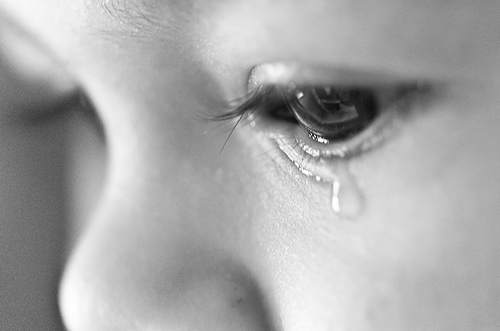

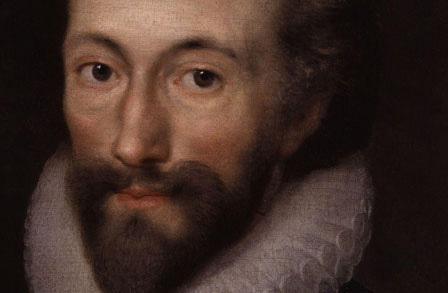
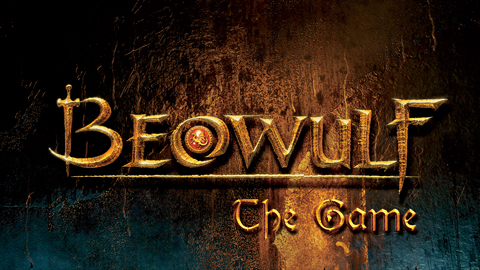

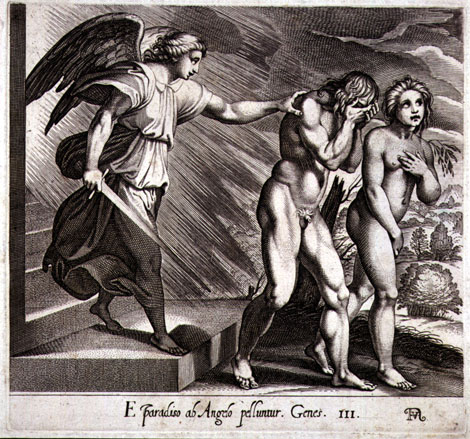





Wow technology and mankind when you state the two contrasting points are animals and technology..I would have never guessed. We hear the constant talks of today on how more deers and bears are crossing our backyards because they are running out of habitat. Nice analysis.
It’s not ironical, nor is there even the faintest suggestion that anyone (or anything) is experiencing “pleasure” at the deer’s demise. Rather, the purring car represents the relative and satisfying comfort of both shelter/protection from the elements and the psychological protection of being spared the reality of the cruel fate our cars exact on wildlife. The car is as oblivious as he is. The tone doesn’t really suggest pleasure, but a self-satisfied comfortable functionality, much as he himself projects an initial casual and emotionally neutral attitude toward the practical task at hand — at first. He pauses his traveling through darkness – his typical not noticing — for a thoughtful contemplation that he has been forced into by circumstances. The deer is no longer a mere carcass, a heap, but a vessel with a life inside it. While he pauses, the fawn’s impending death is being illuminated by his taillights (in other words, a sidebar he would quickly “put behind” him has a new, deathly realization cast upon it); he becomes part of the larger perspective that includes the watching wilderness, the doe, and the fawn, and by implication, all of us. He realizes human culpability and his very real part in it. He literally “stumbles” upon a sudden truth. The fate of the doe is contrasted sharply to the relative insulation of the waiting vehicle whose warm safety promises a trip through the commonplace that is safe both from the literal darkness of the road at night and the psychological darkness shown by his lack of awareness of the ultimate sacrifices the animals suffer at the hands of our convenient lives. He is forced to swerve in his thinking because he has been forced to notice. A simple job he must do to protect human life now become a larger commentary on humanity. Who, after all, is protecting the doe’s life? The fawn’s? In a way, the machine “breathing” its exhaust is meant as a mechanical contrast to the very real life “exhausting” its breath inside the dead doe. The whole scene is lighted with a red glow; clearly, we “have blood on our hands.” The title then becomes significant in its implication that humans are traveling the “road” of their lives in “darkness,” as they are unaware of the devastation around them.
Also, there are no humans in line waiting for him the clear the deer. The poem does not in any way support that idea.